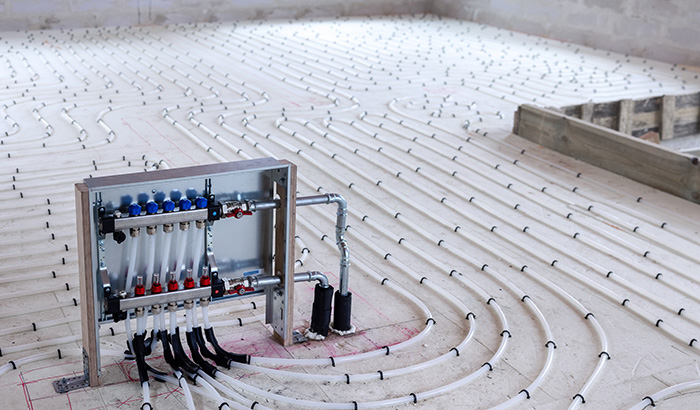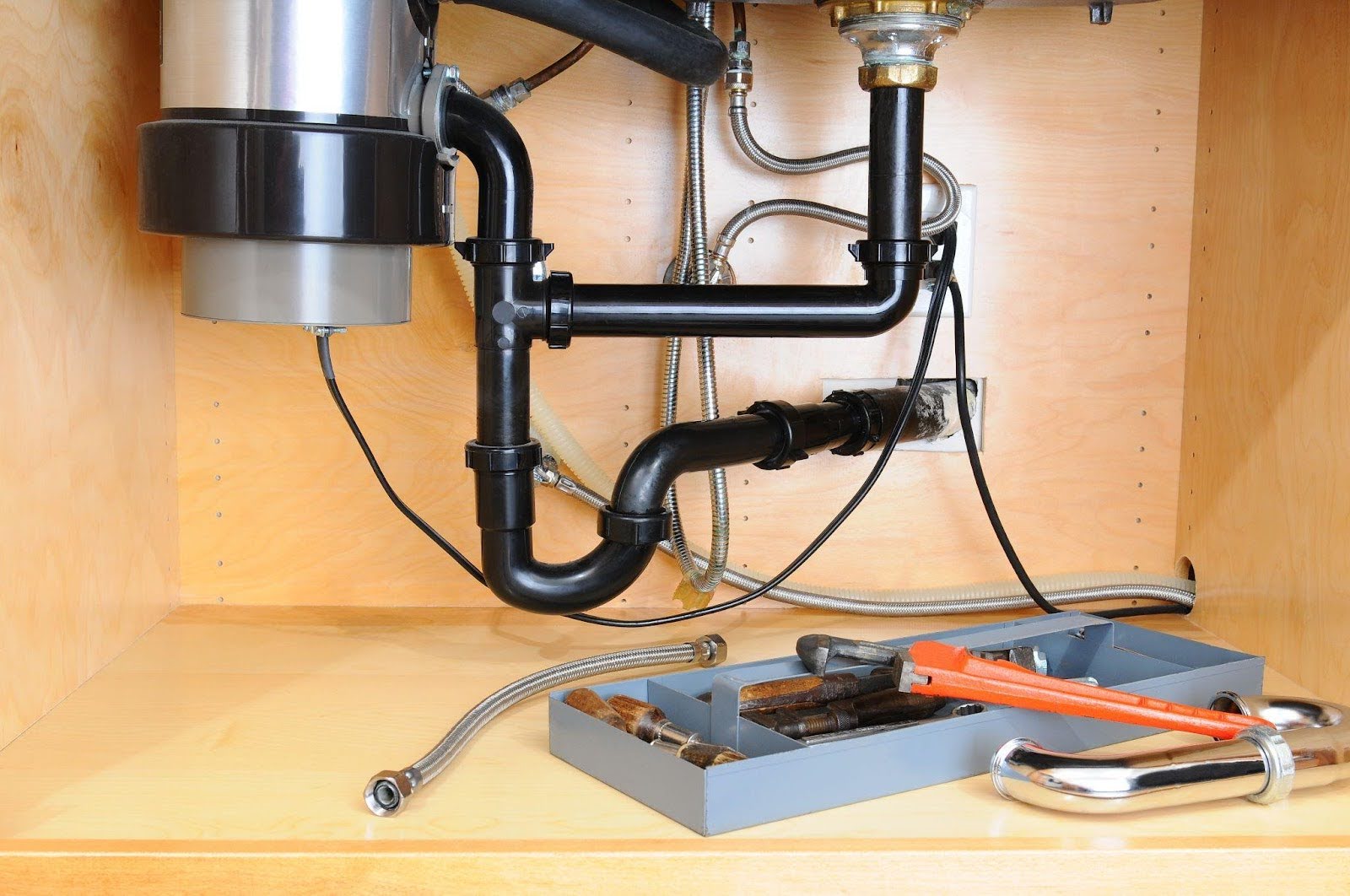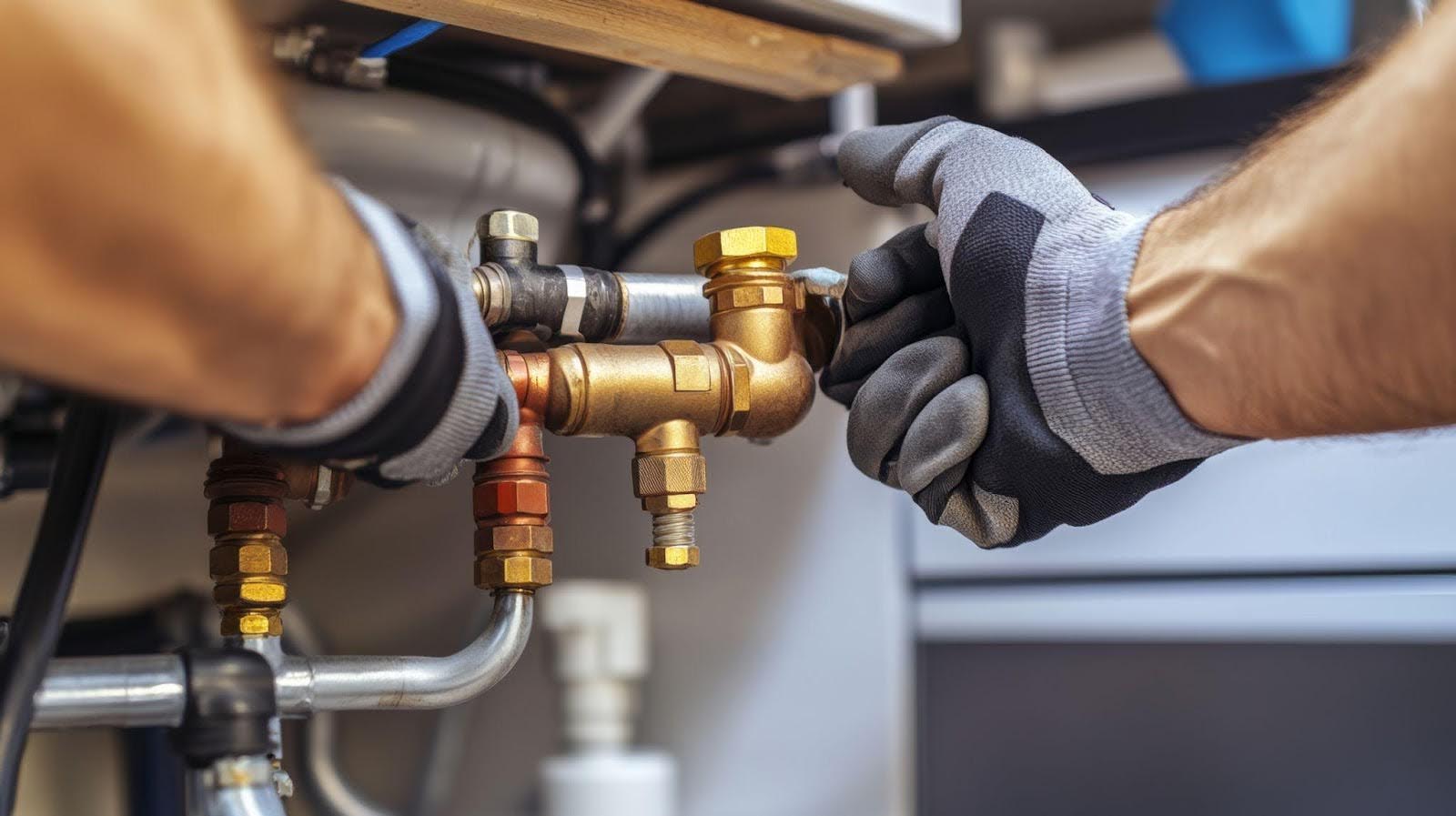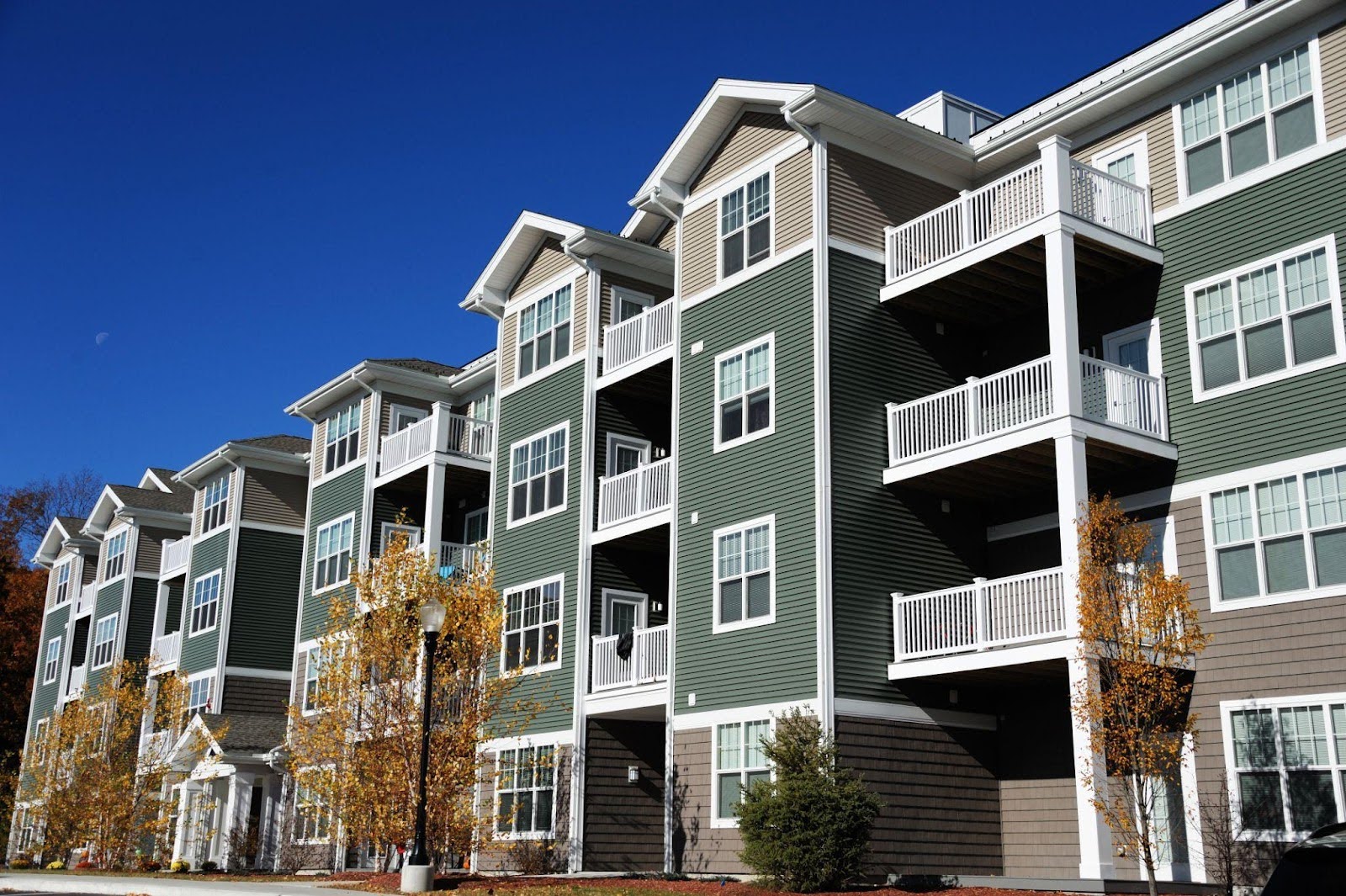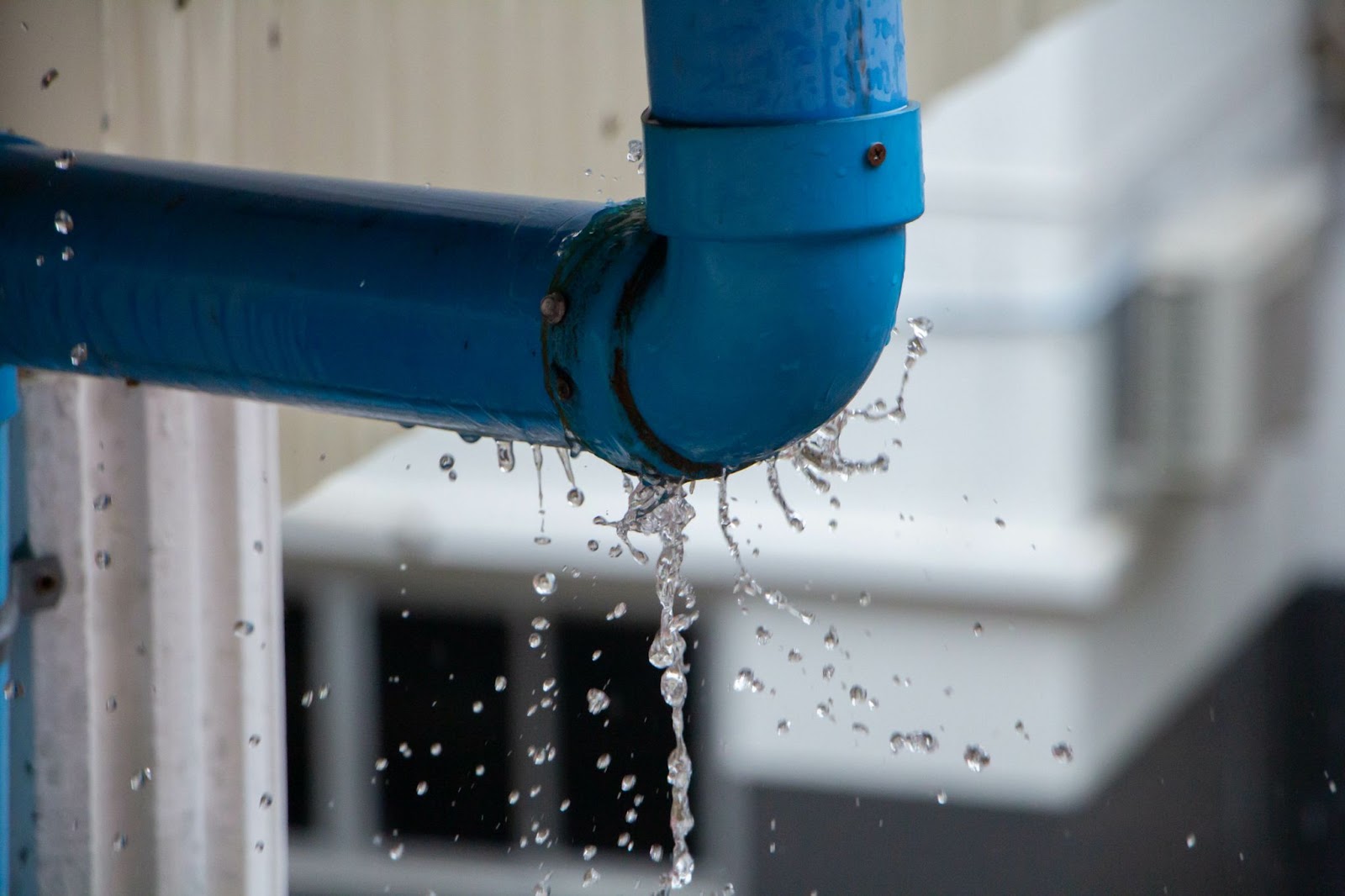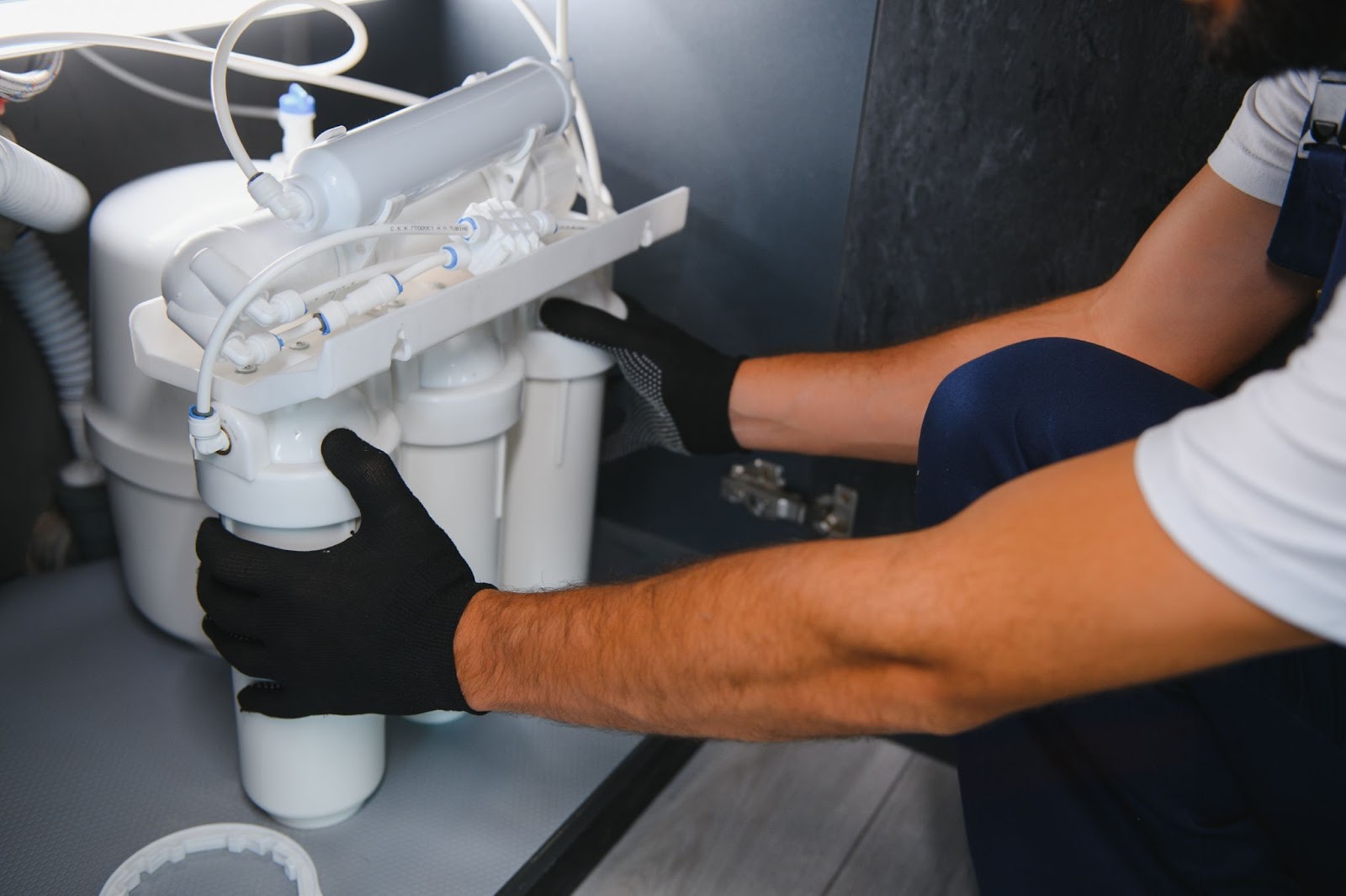As you explore efficient, comfortable ways to heat your homes, radiant heating systems often emerge as a popular choice. Known for their ability to provide even, gentle warmth, these systems have garnered attention for transforming how we heat our living spaces.
However, like any home heating solution, radiant heating comes with its own set of advantages and challenges. In this comprehensive blog, we delve into the intricacies of radiant heating systems.
From their energy-efficient operation and health benefits to the considerations of installation complexity and compatibility with home infrastructure, we aim to provide a balanced view.
Join us as we unpack the key factors to consider, ensuring you have all the information you need before making this important decision.
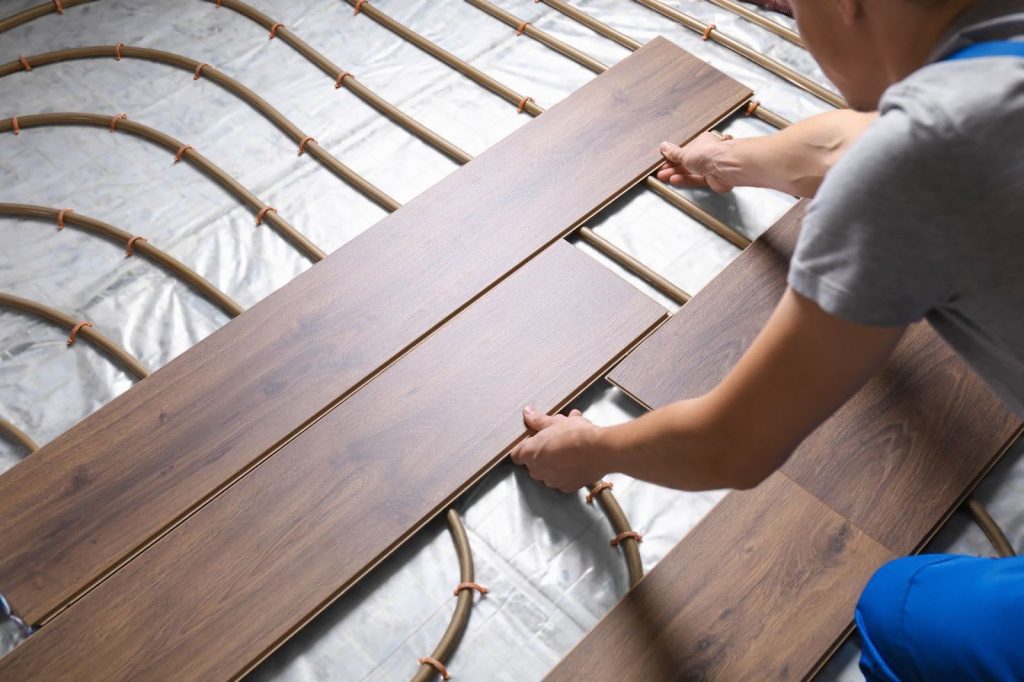
Pros of radiant heating
- Consistent, comfortable heat distribution
One of the significant advantages of radiant heating is its consistent, comfortable heat distribution throughout a space. Unlike traditional heating systems that often produce uneven temperatures — warmer near the heat source and cooler further away — radiant heating ensures a more uniform spread of warmth.
This is because it heats the room from the ground up or from evenly spaced panels, radiating heat to all objects and surfaces in a room rather than merely warming the air.
In radiant heating systems, the entire floor or wall surface effectively becomes a gentle heat emitter, dispersing heat evenly across its surface.
This results in a consistent temperature throughout the room, eliminating cold spots and drafts that are common with forced-air systems. The warmth provided is also more natural and comfortable to the human body, as it heats objects and people directly, similar to the way the sun heats surfaces.
This heating method creates a more comfortable living environment, as the warmth is felt immediately and distributed evenly throughout the space.
- Energy efficiency
One of the primary advantages of radiant heating is its energy efficiency, a key factor that sets it apart from traditional forced-air systems. Unlike forced-air heating, which can lose heat through ductwork, radiant heating directly warms rooms from the floor or walls, significantly minimizing heat loss. This means a greater portion of the energy used is effectively directed toward heating the space.
Additionally, radiant systems typically operate at lower temperatures than conventional heating systems, as they heat objects and surfaces in the room, which then radiate the warmth. This allows for comfortable room temperatures at lower thermostat settings.
The heat distribution in radiant systems is also more uniform, eliminating cold spots and ensuring consistent temperatures throughout the room, which contributes to less energy usage.
Radiant heating doesn’t rely on air movement to distribute heat, reducing the energy loss associated with circulating air. Many radiant heating systems offer zoning capabilities, heating only required areas. This provides an opportunity for more precise energy management and potential savings on heating bills. This combination of factors makes radiant heating a highly efficient choice for home heating.
- Health and air quality benefits
Radiant heating systems offer notable health and air quality benefits, making them a preferable choice for those concerned with indoor environmental quality. Here’s how they contribute to a healthier indoor atmosphere:
Reduced airborne allergens
Unlike forced-air systems that circulate warm air along with dust, pollen, and other allergens, radiant heating operates without air movement. This significantly reduces the circulation of airborne particles, creating a cleaner indoor air environment, which is especially beneficial for individuals with allergies or respiratory issues.
Maintains humidity levels
Forced-air systems can dry out the indoor air, which may lead to irritation of the skin, eyes, and respiratory tract. On the other hand, radiant heating does not impact indoor humidity levels as significantly, maintaining a more comfortable and healthier indoor environment.
No ductwork
The absence of ductwork in radiant heating systems eliminates a common breeding ground for mold, dust, and other allergens. This is particularly advantageous in terms of air quality, as ductwork is challenging to clean and maintain.
Even heat distribution
Radiant heating provides even warmth that reduces the likelihood of mold growth and condensation in your home. By avoiding the temperature fluctuations and hot/cold spots typical of forced-air systems, radiant heating helps maintain a stable and healthy indoor environment.
- Longevity and durability
One of the significant benefits of radiant heating systems is their longevity and durability. These systems, known for their robust construction and reliable performance, offer several advantages in terms of lifespan:
Extended lifespan
Radiant heating systems, particularly hydronic (water-based) ones, are known for their long operational life. With proper installation and maintenance, these systems can last for decades, often outliving traditional forced-air systems.
Durability of components
The components used in radiant heating systems, like the tubing for hydronic systems or the heating elements for electric systems, are designed for durability. They are less susceptible to damage and degradation over time, which translates to fewer breakdowns and repairs.
Low maintenance requirements
The minimal maintenance needs of radiant heating systems not only make them cost-effective but also reduce the wear and tear that can shorten the lifespan of a heating system. Regular, simple maintenance routines are usually enough to keep these systems in good working condition for many years.
Now that we’ve looked at the pros of radiant heating let’s look at the cons.
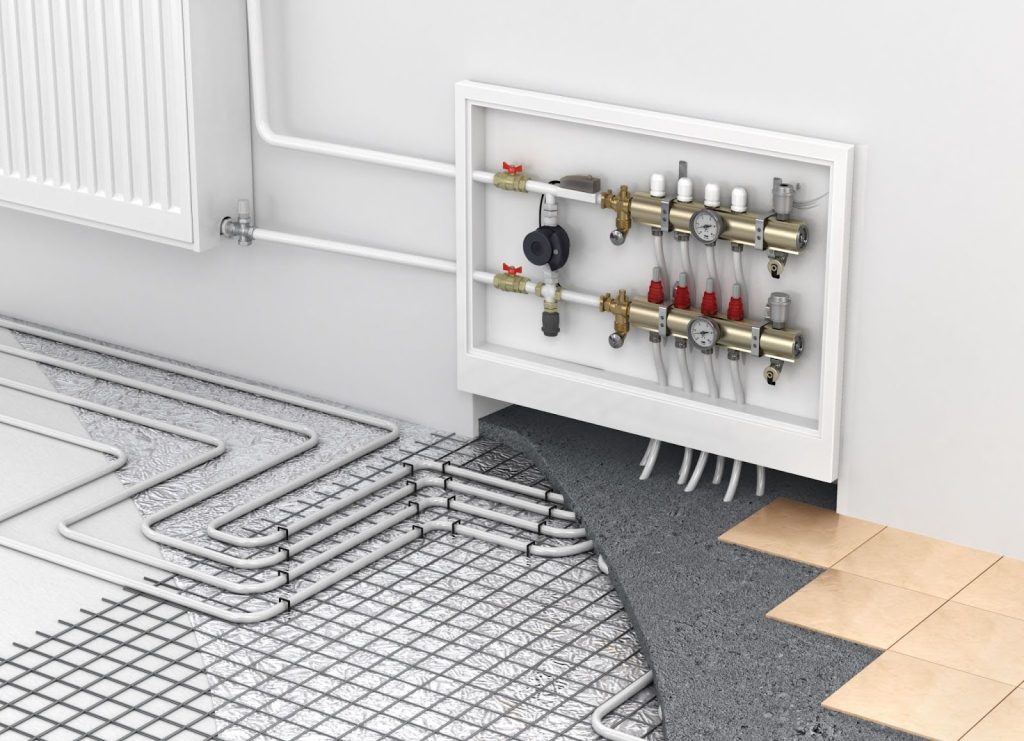
Cons of radiant heating
- High initial installation cost
A notable downside of radiant heating systems is their high initial installation cost. These systems require specific materials and equipment, like boilers and in-floor pipes or electrical heating elements, which can be quite expensive.
The installation process itself is labor-intensive and more complex than traditional heating systems, especially if it involves structural modifications like raising floor levels.
This complexity often requires skilled labor and can be time-consuming, adding to the overall expense. Although radiant heating offers long-term energy savings, the upfront investment is significantly higher, making it an important factor for budget-conscious homeowners or in scenarios where long-term property ownership is uncertain.
- Complexity of installation
The installation process of radiant heating systems is notably complex, which stands as a considerable drawback. These systems, particularly the hydronic type, require a carefully planned layout of pipes or heating cables beneath the flooring, demanding meticulous design to ensure even heat distribution.
This complexity is heightened when the system is integrated into a building’s structure, such as embedding heating elements under the floor. This is a challenging task, especially in buildings requiring significant structural alterations.
The installation demands specialized skills and a deep understanding of heat transfer and insulation specifics. This is particularly true for larger spaces or buildings with intricate layouts.
- Incompatible with certain floor types
Radiant heating systems are not compatible with all types of flooring, which is a limitation for some homeowners. Certain materials, particularly those that are insulating rather than conductive, hinder the efficient transfer of heat from the system to the room.
For example, thick carpets and certain types of wood act as insulators, reducing the system’s effectiveness. Carpets, in particular, limit the heat flow and are often not recommended for use with radiant heating.
- Potential for inefficiency in poorly insulated homes
Radiant heating systems, while efficient under the right conditions, are less effective in poorly insulated homes. This inefficiency is a notable disadvantage.
Since radiant heating relies on the transfer of heat through surfaces, the presence of adequate insulation is crucial to prevent heat loss. In homes lacking proper insulation, much of the heat generated by a radiant system escapes, particularly if there are drafts or poorly sealed windows and doors. This means the system has to work harder and longer to maintain a comfortable temperature, leading to increased energy usage and higher utility bills.
Radiant heating or not?
The decision to install a radiant heating system in your home is ultimately a personal one, hinging on what best aligns with your specific needs and circumstances.
While radiant heating offers numerous advantages like energy efficiency, comfort, and even heat distribution, it’s essential to consider factors such as your home’s existing infrastructure, insulation quality, and budget. Each home is unique, and what works for one might not be the ideal solution for another.
Assessing the compatibility of your space with the requirements of a radiant heating system, along with weighing the initial installation costs against long-term benefits, will guide you in making a choice that’s right for you. It’s about finding the balance between comfort, efficiency, and practicality to enhance your living environment in a way that suits your lifestyle and preferences.
Have Salisbury Plumbing install your radiant heating
If you’re considering the benefits of radiant heating for your home, Salisbury Plumbing is here to guide you every step of the way. With our expertise in the latest radiant heating technologies and a commitment to energy-efficient solutions, we’re ready to help you make the best choice for your space.
Whether you’re looking to install a new system or need assistance with an existing one, our team of skilled professionals is only a call away. Don’t hesitate to reach out to Salisbury Plumbing for your radiant heating needs.
We’re dedicated to providing you with top-quality service and expert advice to ensure your home is comfortable, efficient, and perfectly suited to your needs. Contact Salisbury Plumbing today to explore how radiant heating can transform your living space.
toto slot

